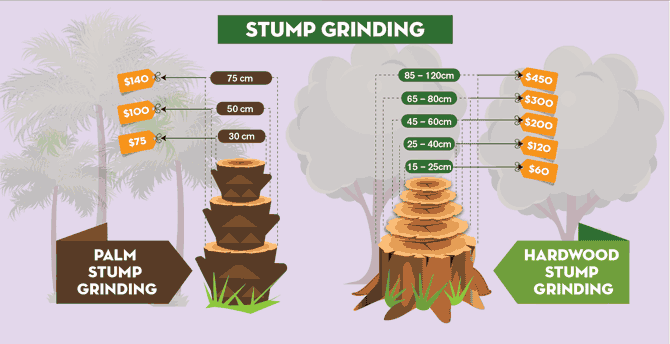Tree Treatment By Period: Effective Techniques For Taking Care Of Trees Prior To And After Their Elimination
Tree Treatment By Period: Effective Techniques For Taking Care Of Trees Prior To And After Their Elimination
Blog Article
Author-
When it pertains to seasonal tree care, making certain correct management prior to and after removal can significantly impact the wellness and visual appeals of your landscape. By comprehending the needed actions associated with assessing tree wellness and preparing for elimination, you can proactively secure your residential or commercial property. However what about the crucial methods to adhere to as soon as the tree is gone? Keep tuned to find the vital post-removal treatment steps that will certainly help you grow a thriving and sustainable setting for your trees.
Pre-Removal Tree Care
Before attending to the elimination of a tree, it's important to focus on pre-removal tree treatment. Start by evaluating the tree's health and structural stability. Try to find indicators of disease, bug problems, or any type of architectural concerns that may pose a safety and security threat throughout elimination. It's important to consult with a certified arborist to figure out the best course of action.
Trimming dead or unhealthy branches can prevent further damages to the tree and ensure a smoother removal procedure.
Additionally, take into consideration the environmental influence of getting rid of the tree. Trees play a vital function in our community, so growing a brand-new tree in an appropriate area can assist offset any type of loss. Ensure that you have the required licenses and consents for tree removal, particularly if the tree is protected by neighborhood laws.
Seasonal Maintenance Tips
Evaluating your tree's requirements throughout the year is imperative for its wellness and longevity. To keep your trees in top condition, comply with these seasonal maintenance pointers.
In spring, focus on trimming to eliminate dead or broken branches and motivate new growth.
Summer season calls for regular watering, especially during dry spells, to ensure your tree remains hydrated.
As fall techniques, watch out for early indicators of disease or anxiety, and take into consideration applying mulch to shield the roots during winter.
In winter season, beware when eliminating snow from branches to prevent damage, and continue to monitor your tree's general health and wellness.
Keep in mind to change your care routine based on the particular requirements of your tree varieties and regional environment. By staying alert and aggressive throughout the periods, you can help your trees thrive and grow for many years ahead.
Post-Removal Tree Treatment
To make sure the health and wellness of your landscape even after tree elimination, appropriate post-removal treatment is necessary. After a tree is eliminated, it's crucial to fill up the staying hole with topsoil and portable it to stop settling. This will certainly assist preserve the stability of the ground and protect against potential risks in the future.
Consider planting new plant life in place of the removed tree to recover the balance and looks of your landscape. Consistently visit my web site to promote the development of new plants and avoid soil erosion.
Check the surrounding trees for any type of signs of condition or stress and anxiety that might have been brought on by the gotten rid of tree. Keep an eye out for pests that could've been brought in to the previous tree and take safety nets to protect the staying greenery.
If required, consult with an expert arborist to examine the impact of the elimination on the bordering trees and determine any kind of additional treatment needed. By adhering to these post-removal treatment steps, you can ensure the ongoing wellness and elegance of your landscape.
isa certified arborist
To conclude, proactive seasonal tree care is essential for preserving the health and wellness and balance of your landscape. By assessing tree health and wellness, trimming, and talking to an arborist prior to elimination, you can guarantee a safe process. After elimination, filling up the hole, planting brand-new plant life, and regular watering will certainly promote new development and prevent disintegration. Remember to inspect bordering trees for illness and seek additional treatment actions from an arborist to maintain your landscape flourishing.
